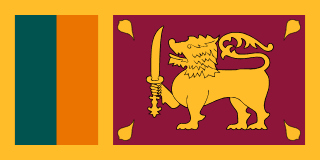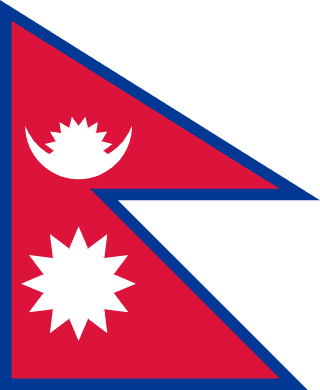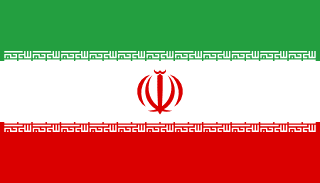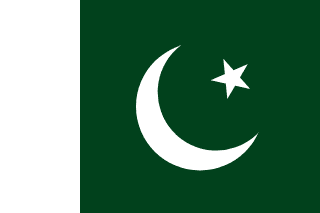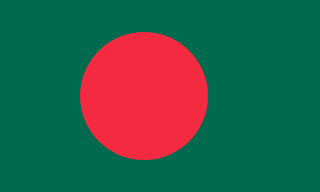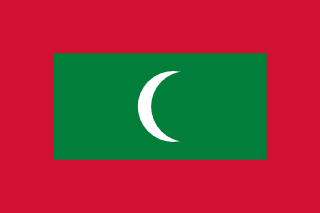About Southern Asia
South Asia is the southern subregion of Asia, which is defined in both geographical and ethnic-cultural terms. With a population of 2.04 billion living in South Asia, it contains a quarter (25%) of the world's population. As commonly conceptualized, the modern states of South Asia include Bangladesh, Bhutan, India, the Maldives, Nepal, Pakistan, and Sri Lanka, with Afghanistan also often included, which may otherwise be classified as part of Central Asia. South Asia borders East Asia to the northeast, Central Asia to the northwest, West Asia to the west and Southeast Asia to the east. Apart from Southeast Asia, Maritime South Asia is the only subregion of Asia that lies partly within the Southern Hemisphere. The British Indian Ocean Territory and two out of 26 atolls of the Maldives in South Asia lie entirely within the Southern Hemisphere. Topographically, it is dominated by the Indian subcontinent and is bounded by the Indian Ocean in the south, and the Himalayas, Karakoram, and Pamir Mountains in the north.
South Asia has a total area of 5.2 million sq.km (2 million sq.mi), which is 10% of the Asian continent. The population of South Asia is estimated to be 1.94 billion or about one-fourth of the world's population, making it both the most populous and the most densely populated geographical region in the world.
In 2022, South Asia had the world's largest populations of Hindus, Muslims, Sikhs, Jains, and Zoroastrians. South Asia alone accounts for 90.47% of Hindus, 95.5% of Sikhs, and 31% of Muslims worldwide, as well as 35 million Christians and 25 million Buddhists.
The South Asian Association for Regional Cooperation (SAARC) is an economic cooperation organization in the region which was established in 1985 and includes all eight nations comprising South Asia.
